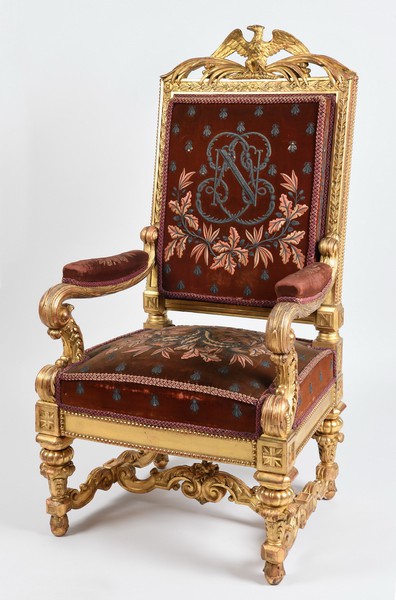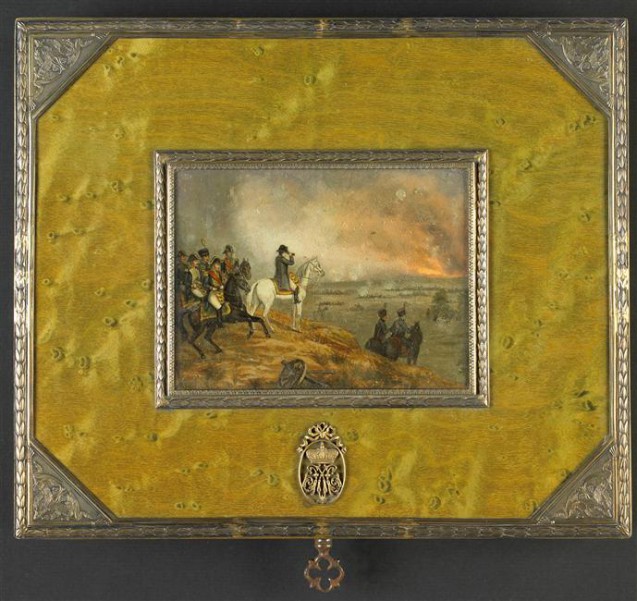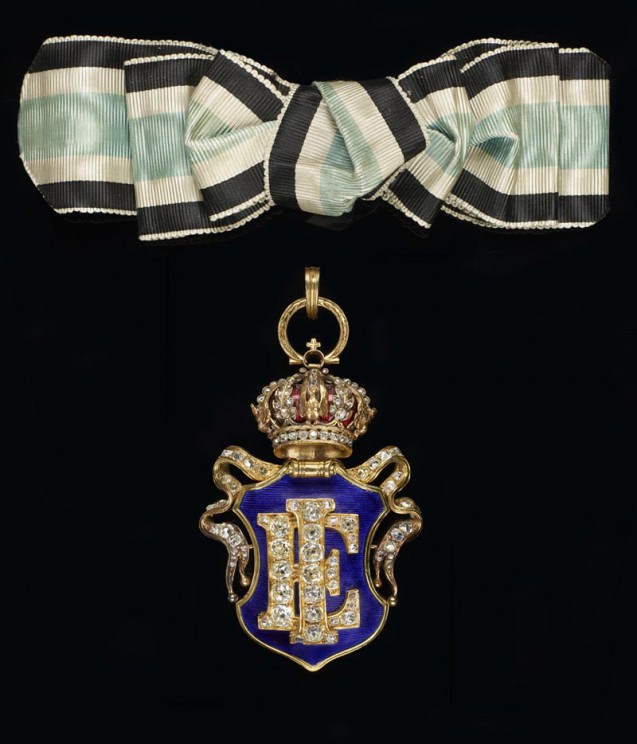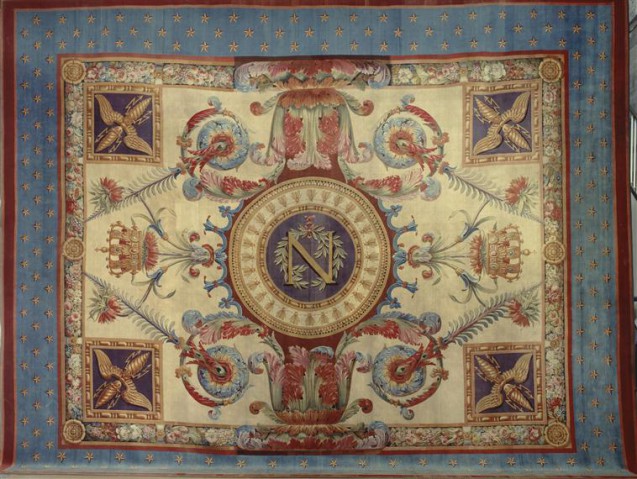Irène Delage: On 13 April 2018 an exhibition opens in Rueil-Malmaison (Atelier Grognard) revealing “Art in the service of Power during the reigns of Napoleon I and Napoleon III” and the behind-the-scenes of imperial propaganda, through the role of the two “households of the Emperor”. The exhibition includes nearly 200 artworks. What were the selection criteria?
Xavier Mauduit: In this exhibition, we wanted to emphasise the extent to which the two Emperors magnified their reign and their person by enlisting painters, sculptors, goldsmiths, jewellers, upholsterers or cabinetmakers. In order to achieve this, it was necessary to present exceptional artworks. The selection process required a great deal of patient and hard work, though in the end it was also a very pleasurable experience. And all the contributors to this exhibition – the Mobilier National, the Palais de Compiègne, the Château de Malmaison, the Musée d’Orsay, the Historical Library of the City of Paris, private collectors, and of course the Fondation Napoléon – have really been extremely generous in helping us transmit the magnificence deployed in the imperial palaces. Furthermore, Pierre Branda, Elodie Lefort and I wanted to present not only masterpieces that would impress the visitor but also objects that have never before been exhibited or indeed have a particular emotional significance.

How did you structure the presentation of the works?
Napoleon I and Napoleon III were not the first rulers to use art as a means to demonstrate their power. However, these two rulers did so with an effectiveness which left its mark on their contemporaries and continues to do so to this day. We have dedicated the first part of the exhibition to the theme “the sovereign in majesty”, in which busts and official portraits set out the iconic faces of the regime. For the second part of the show, a great deal of background work was carried out in order to reflect the profusion of the arts in the imperial palaces. Finally – and this was essential for us – we investigated “behind the scenes” of the Emperors’ artistic policies. Pierre Branda is the great specialist of the “Maison de Napoleon 1er” [the Household of Napoleon I] (see his Napoleon and his men, Fayard, 2011) and I dedicated my own PhD thesis to the “Maison de Napoleon III” (Le Ministère du Faste, Fayard, 2016). The exhibition that we propose in Rueil-Malmaison is the first to focus on an institution fundamental to the understanding of the manipulation of imperial pomp, namely the Emperor’s Household!

Could you tell us about some of the more remarkable objects?
It is true that there is much that is spectacular in this exhibition, but one particular space stands out: that dedicated to the throne room, with the impressive First Empire carpet (the only one preserved in its original state) as well as two thrones – that of Napoleon I and that of Napoleon III. The central space in the exhibition is one of my favourites. Here we wanted to try to conjure up what the guests might have felt in the imperial palaces, so we packed in an abundance of exceptional artworks. But it’s really hard to choose… so many of the objects are dear to my heart! – Princess Mathilde’s watercolour box, a jewel bearing Empress Eugenie’s monogram that was worn by the Princesse d’Essling, a sublime drawing by Thomas Couture… However, I do have a soft spot for one exceptional document. It’s a book that describes the ceremonial of the First Empire, but which bears crossings out and corrections because it was used during the Second Empire and adapted for the new reign.

What would you like visitors to remember from their visit to this exhibition?
For all three of us, this question was at the heart of our concerns. We would like visitors to this exhibition to come away with the realisation that artistic policy was a formidable weapon used by the two French Emperors, and that the models put in place during both the French Empires can still partly be found in today’s French Republic. Above all, we hope the visitor will feel a certain emotion when visiting the exhibition: it is not just the fact of seeing exceptional artworks “in the flesh” – even though this is a prospect which already justifies the trip – we want visitors to come away having understood an essential part of imperial politics, echoes of which can still be heard today. Finally, we want to give the visitor the opportunity to sense the almost indescribable splendour that reigned in the imperial palaces. It was a huge adventure for us making this exhibition, and we hope that those who come are carried away by the extravagant beauty.



